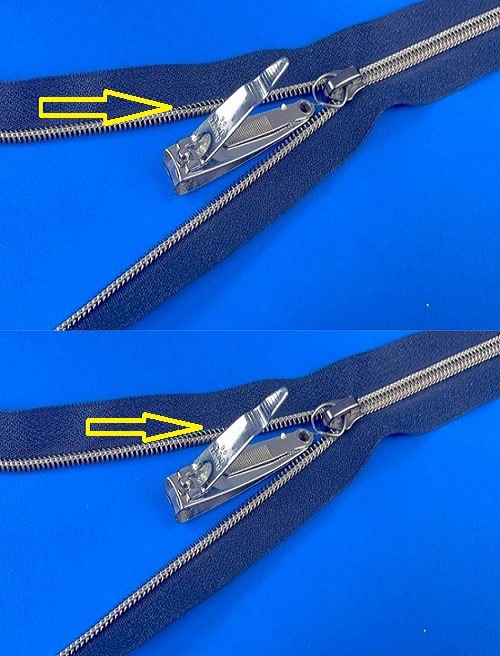Fix a Broken Zipper in Just Two Minutes – Tailors Don’t Want You to Know This Secret
Finding a broken zipper often means a trip to the tailor, but it doesn’t have to. There are tricks known to tailors that can save you from costly repairs. Let’s explore how you can fix it quickly.
How to Avoid Tailor Repairs?
Carelessness can lead to damage in everyday clothing, requiring immediate repair or replacement. By following some simple guidelines in using, washing, and storing your clothes, you can save a few euros and make it comfortably to the end of the month, especially important during financial crises.
Wearing the same clothing or jacket frequently means more washing and ironing, leading to quicker wear and tear. Faded shirts and worn-out creases are just a few consequences of inadequate care.
Tailor Repairs and Zipper Replacement
Often, it seems a broken zipper must be replaced, but is it necessary if it’s just frayed or missing a small piece of plastic? Not really.
Repair a Broken Zipper in Just 2 Minutes
A common issue is a frayed or broken zipper, especially at the bottom where the slider is supposed to lock it.
One solution is to heat the tips of needle-nose pliers over a flame, then use them to melt and merge the frayed parts. This may need to be repeated several times.
Cut two small rectangles of fabric matching the color of the zipper, place them above and below the zipper, and glue them securely, using tweezers for assistance.
Once the glue dries and the zipper is no longer frayed, you can easily close the jacket.
If the plastic piece at the base of the hinge breaks, find a piece of soft plastic of the same size as the broken one, glue it on, and trim any excess with a cutter.
If the hook used to maneuver the slider breaks, a metal ring can be an adequate replacement.
Additional Zipper Issues
For a stuck zipper on a backpack, possibly due to oxidation, use a de-blocking spray. A quick spray, and the slider should move again.
If the zipper opens in the middle, it means the slider has lost its grip and needs to be tightened. This requires a pair of pliers and two small plastic pieces cut from a bottle.
Release the slider by opening the zipper, re-insert it, and then place the two small plastic pieces between the slider and fabric. Apply sufficient pressure with the pliers so the plastic stays in place. Once set, the slider will function properly again.
Now, with these tips, you have the know-how to address common zipper issues at home, bypassing the need for professional tailoring services.



